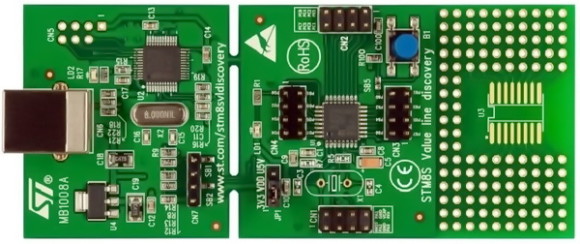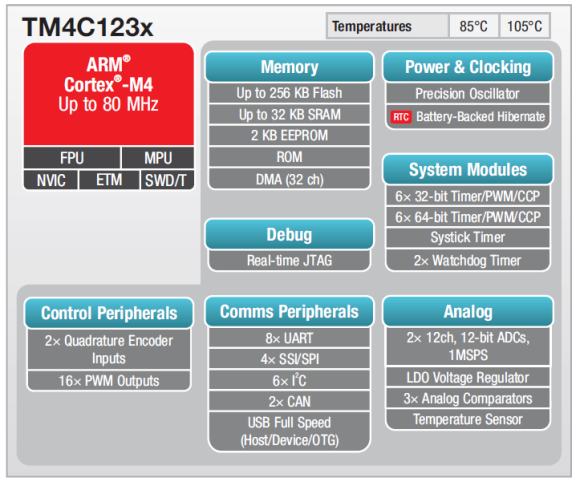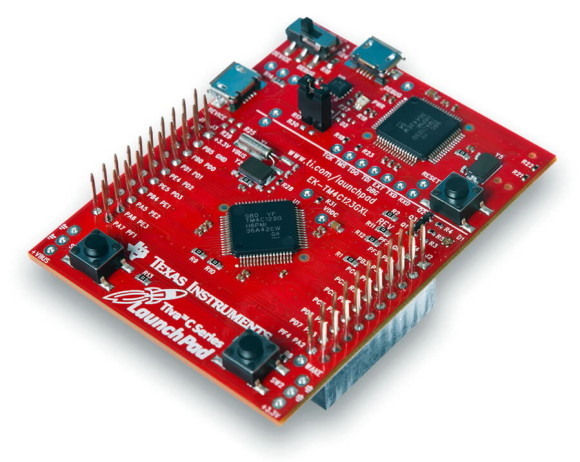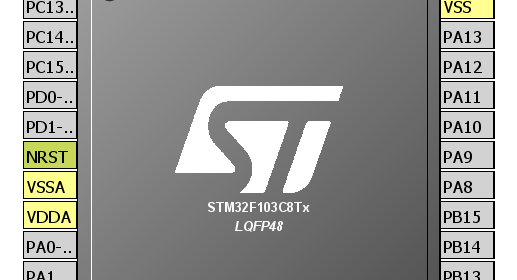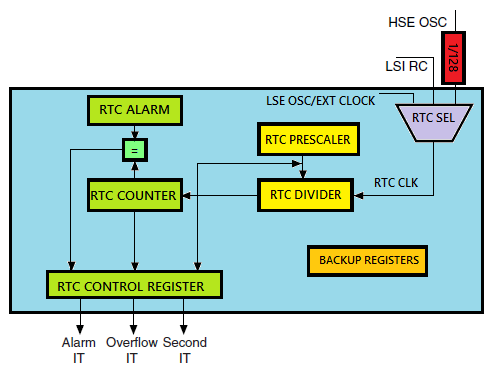Starting STM8 Microcontrollers
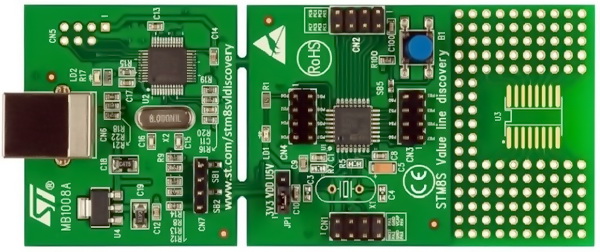
STM8 microcontrollers are 8-bit general purpose microcontrollers from STMicroelectronics (STM). STM is famous mainly for its line of 32-bit ARM Cortex microcontrollers – the STM32s. STM8 microcontrollers are rarely discussed in that context. However, STM8 MCUs are robust and most importantly they come packed with lots of hardware features. Except for the ARM core, 32-bit architecture, performance and some minor differences, STM8s have many peripheral similarities with STM32s. In my opinion, STM8s are equally or sometimes more matched than the popular PICs and AVRs in all areas. Unlike PICs and AVRs however, I have seen STM8s mostly in various SMD packages. Only a handful of STM8 chips are available in Plastic Dual-Inline Package (PDIP)/through-hole packages. I think it is a big reason for which most small industries and hobbyists don’t play with them as much as with other 8-bit families. People like to setup their test projects in breadboards, trial PCBs or strip-boards first, prototype and then develop for production. To cope with this issue, STM has provided several affordable STM8 Discovery (Disco) boards to get started with. Besides there are many cheap STM8 breakout-boards from China.